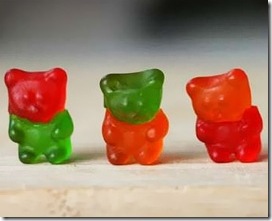 Every fly fisherman has their moment. A big fish lounging in the shallows and a favorable breeze leaves the fly just where you want, floating idly down to the ravenous white maw below. Some are unfortunate enough to get a head-bob, or flare of fins upwards, some even see greatness coming up through the water column on an intercept, only to be thwarted by some imaginary hair out of place, or the unseen pull of drag.
Every fly fisherman has their moment. A big fish lounging in the shallows and a favorable breeze leaves the fly just where you want, floating idly down to the ravenous white maw below. Some are unfortunate enough to get a head-bob, or flare of fins upwards, some even see greatness coming up through the water column on an intercept, only to be thwarted by some imaginary hair out of place, or the unseen pull of drag.
Fly tiers have their moment too. Despite beginner vise and too-thick thread, poorly lighted kitchen table and recalcitrant grizzly hackle, somehow perfection comes of adversity. Proportions correct, body graceful and tapered, no glue obscuring the eye – and if wasn’t for the yellow saddle hackle tail, which substituted for brown, it might be the best fly you’ve ever tied.
Naturally you rushed to show Sensei, the relative or friend that got you into this cash-hemorrhaging hobby, whose wise council is sought on all major purchases and fly related topics, and rather than being appreciative, he becomes irate and indignant.
“That’s not an Adam’s, an ADAM’s does not have a yellow tail, an Adam’s has on occasion an all-brown tail, sometimes a mixed grizzly and brown tail, but never … and I mean NEVER … does a fly as noble and historic as an ADAM’s sport a goddamn yellow tail.”
( … fly then tossed onto table top like the Unclean thing.)
For the burgeoning fly tier it’s a crushing experience, no one noticed it was technically perfect, a fact ignored in the great upwelling of indignity resulting from experimenting with a time honored classic. No pause in the backlash oratory to claim innocence, the yellow used only because you lacked brown hackle long enough …
The sting of that experience destined to stifle creativity for years …
As odd as it sounds, it may be one of the common questions asked by a fledgling tier, “… when is it OK to invent your own flies?”
It would be safe to say that most fly fishermen learn to cast and fish before learning to tie flies. Those two disciplines will give the angler experience in the forces destined to tear flies apart, and give an appreciation for some of the attributes flies require, like an eye clear of hair, glue, or foreign substance.
Knowing why each component of the fly exists and the qualities it lends to making the pattern successful would be beneficial, as would the ability to secure the component correctly, ensuring some knowledge of stressors and points of fragility may be necessary as well.
As learning to tie flies is a study in substitution, considering the thousands of colors and materials we’ll accumulate, the last element would be some expertise in the materials themselves, so you can substitute freely, or tinker with patterns and evolve them into your style of fishing more effectively.
Which hair floats, which synthetics are tough and resist tearing, which feathers are stiff and resilient and can be used for tails. Expertise at this level comes from a lifetime of fishing and tying, and as knowledge grows so will the degree of tinkering.
… with only the sting of our first accidental foray to haunt us.
After many years of blind adherence to pattern books and featured flies in magazines, what actually makes a great fly is still unknown. There’s no visible qualities that distinguish an experimental from a time-honored classic, nothing to denote why an Elk Hair Caddis is found in every fly shop when something similar isn’t.
What’s surprising is that nationwide adoption has no real criteria other than good marketing and commercial availability. Which is why eastern dry flies continue to dominate every shop’s dry fly selection, even if the original insects don’t exist on the West coast, or the western variety is of different color.
How fast those classic fly bins empty is a function of perceived beauty, or perceived buggy-ness, and has little to do with local bugs and its real world efficacy.
We got brown bugs, they got brown bugs … which is why old flies persist.
Thankfully fish are stupid, which is why cigarette butts are struck as often as Female Cahill’s tied with the yellow egg sacs, and fish eat flies twice the size of those hatching, which keeps us aging starlets in the game.
In short, a new tier should start experimenting once he’s learned how to mechanically build a fly, and should feel free to start fresh or alter classic flies regardless of their history and legacy.
… and the opinions of their buddies, who’ll feel entitled to free flies for life anyways.
Fly tying is already hard enough with plenty willing to heap scorn on your best efforts. Too many tiers remain constrained and dormant assuming that a classic pattern will catch more fish than a wild idea spawned by a curl of colorful floss and a dash of whimsy.
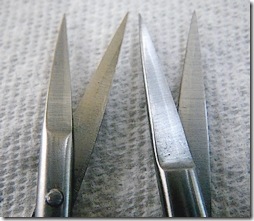 Part of selling all those Sixth Finger scissors is the quality control each set recieves prior to shipment. I’ve got a fairly consistent failure rate of nearly 10% on every shipment of scissors I receive.
Part of selling all those Sixth Finger scissors is the quality control each set recieves prior to shipment. I’ve got a fairly consistent failure rate of nearly 10% on every shipment of scissors I receive.

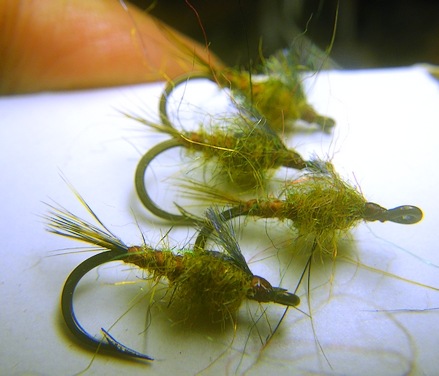
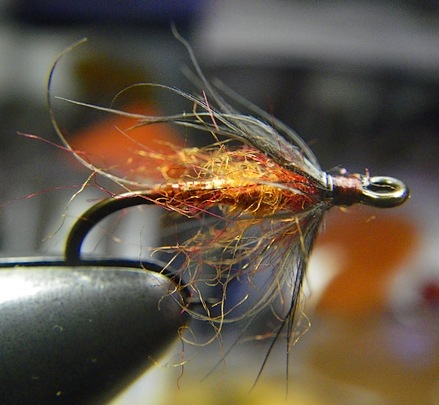
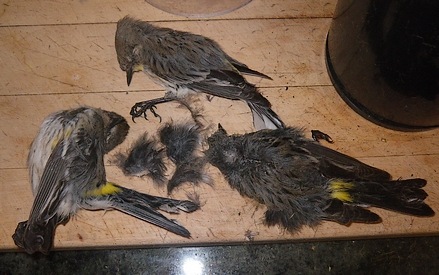
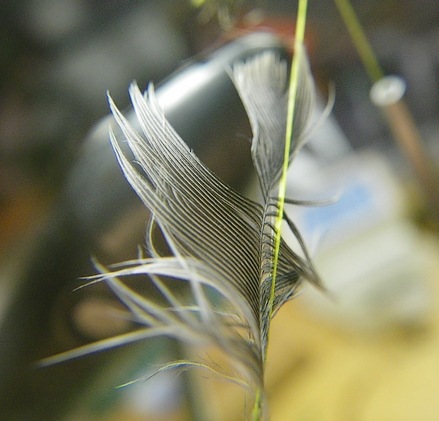
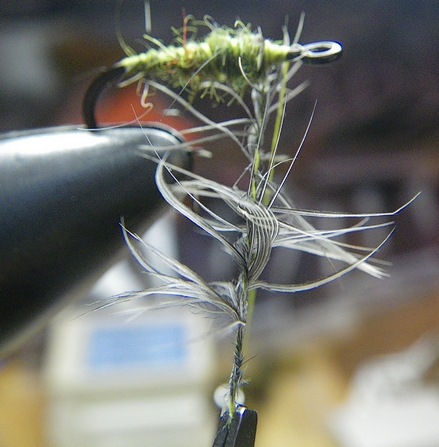
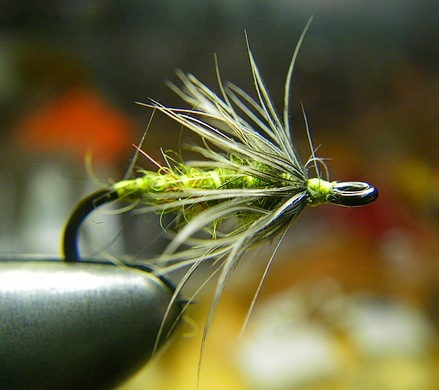

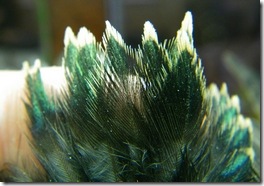
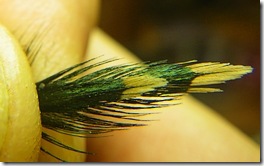 A bit of wax or vinyl head cement (flexible) is all that’s needed to transform a tawdry little bird into
A bit of wax or vinyl head cement (flexible) is all that’s needed to transform a tawdry little bird into 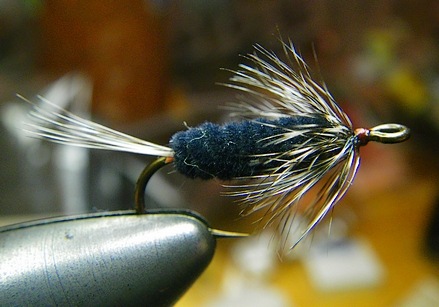
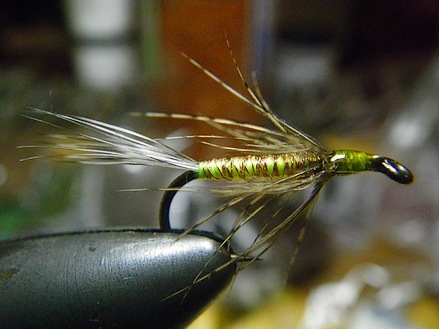

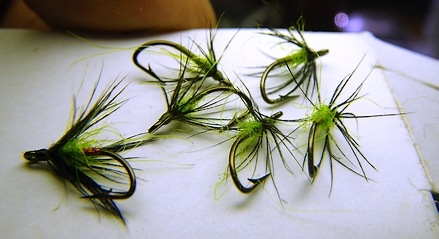
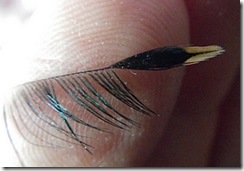
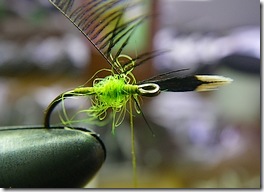
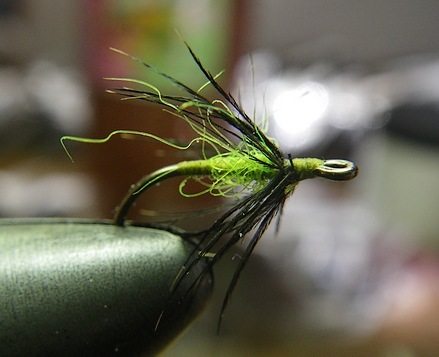
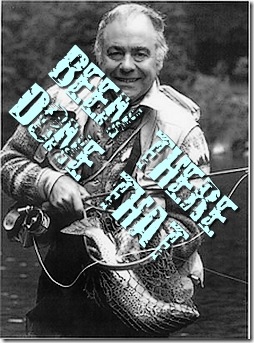 I was convinced the story behind bead headed flies and their speedy domination of the sport was due to fly tiers who dreaded completing that gracefully tapered head, that final step which revealed their skill set even to the casual observer.
I was convinced the story behind bead headed flies and their speedy domination of the sport was due to fly tiers who dreaded completing that gracefully tapered head, that final step which revealed their skill set even to the casual observer.